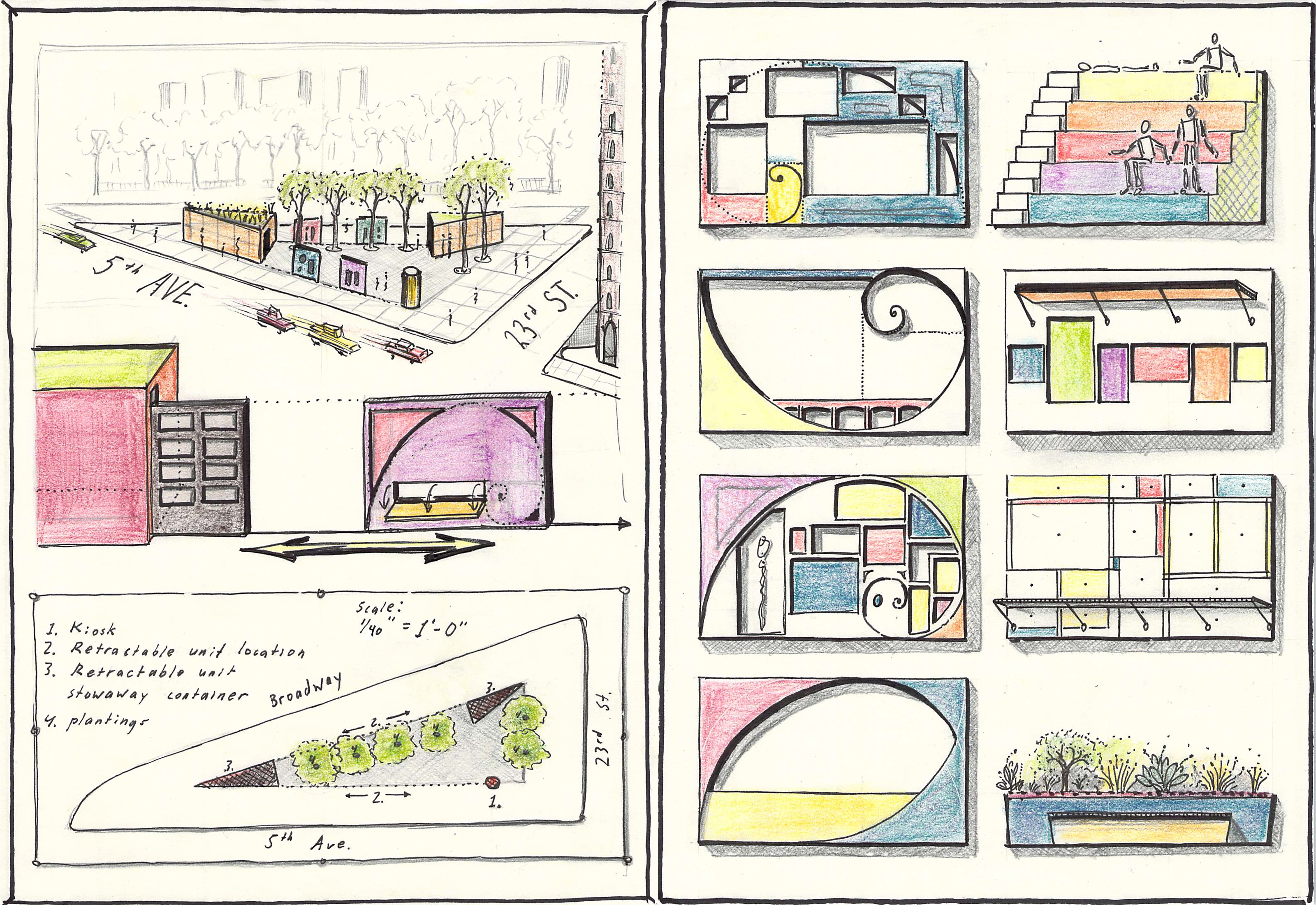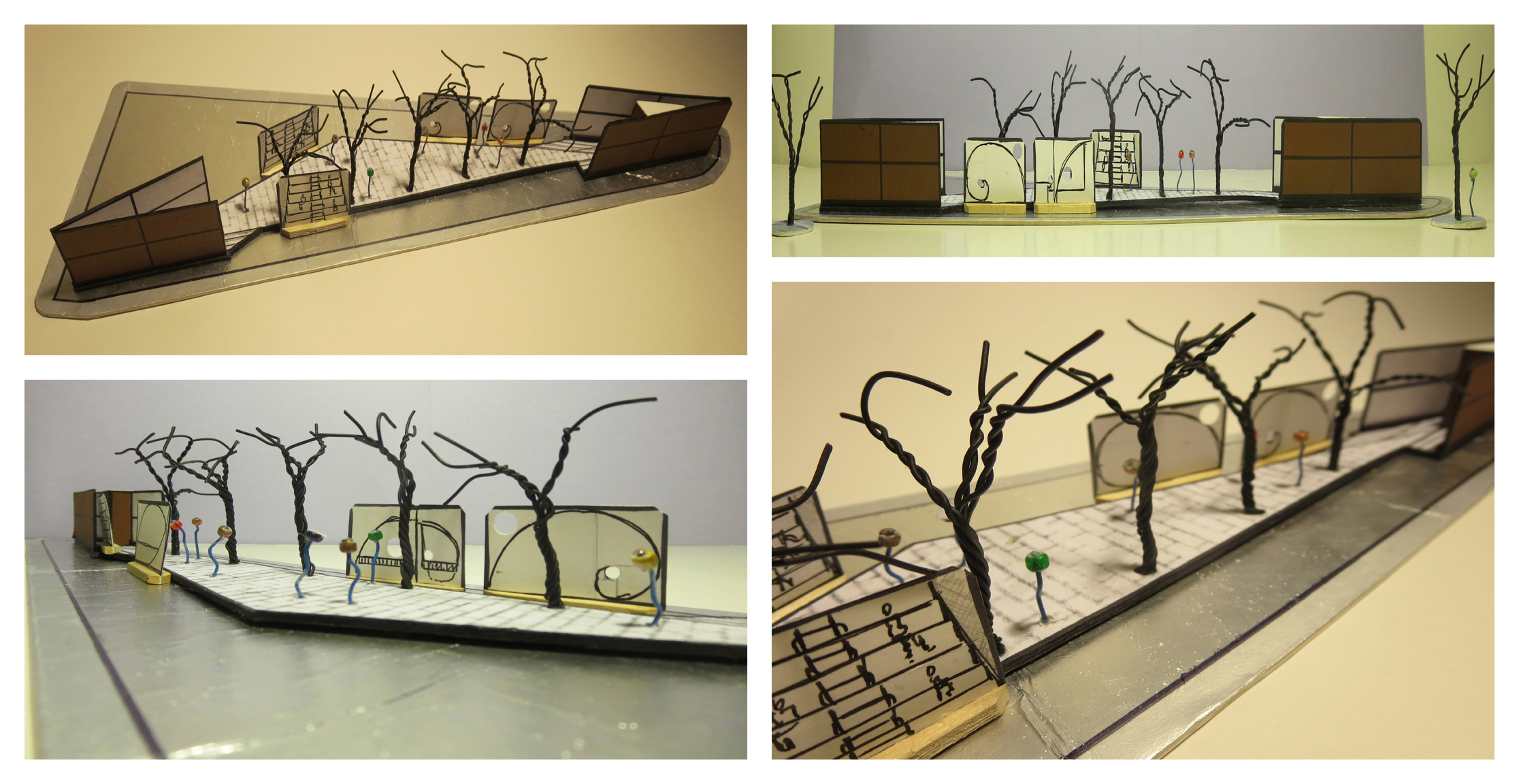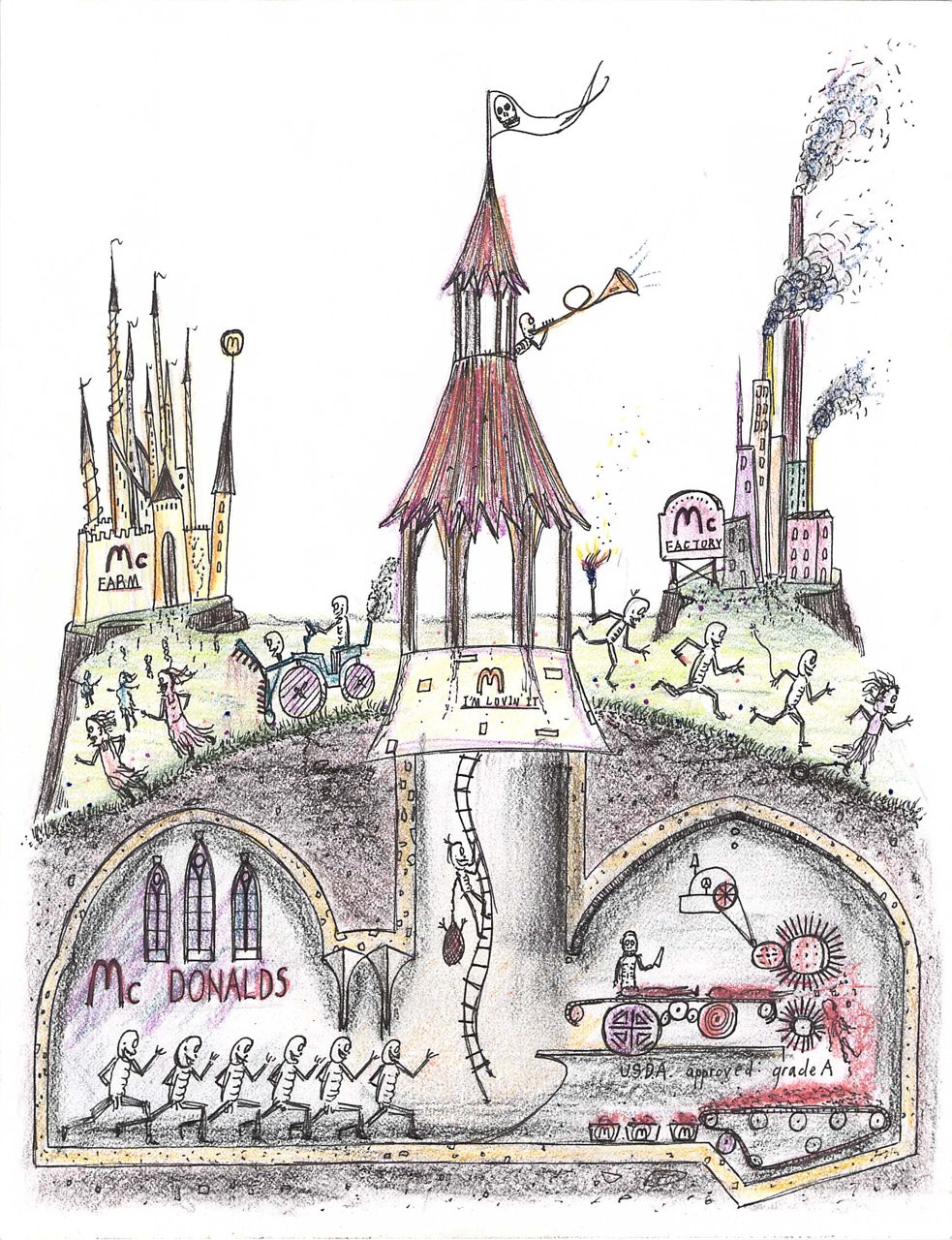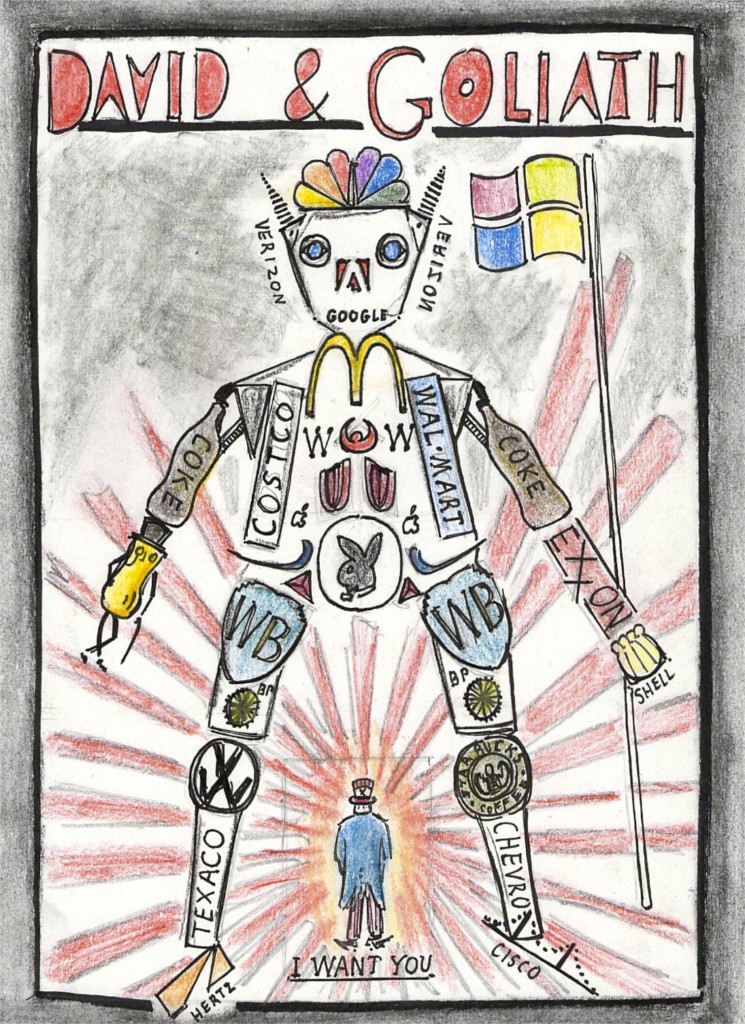.
As a lifelong citizen of Newark, I spent much of the past few years painting and photographing my changing city. Pictures features a selection of my work, complemented by classical music. Five of Modest Mussorgsky’s pieces from his composition Pictures at an Exhibition are selected, each of which represents the feel of a certain part of Newark. The following five locations are featured:
1. THE PASSAIC RIVER – music: Mussorgsky’s Promenade
2. OLD ESSEX COUNTY JAIL – music: With the Dead in the Language of Death
3. MOUNT PLEASANT CEMETERY – music: Promenade
4. DOWNTOWN NEWARK – music: Mozart’s Death March (k 453a)
5. PORT NEWARK – music: Promenade
Growing up in Newark, I am inspired and saddened by the inner city. I am inspired by Newark’s hope of renewal after decades of white flight, under-investment, and urban neglect. I am saddened by the loss of my city’s historic architecture and urban fabric to the wrecking ball of what is called progress.
Curious about the history of the old Essex County Jail? Explore this interactive exhibit.
.
Featured work from this film

Waiting for demolition at the “Little Annie Drawbridge”


A sense of scale

City in autumn

Big tires, bigger nation

Essex County Jail

Old drawbridge at Port Newark

Downtown Newark

The Chimney Falls – 2008

Port Newark

Roman Ruins

Rusting barge

Essex County Jail

Gulf Station

Corbin Stret

Waiting for demolition at the “Little Annie Bridge”

Newark Broad Street Station

Craneway Street

This way to freedom

Industrial zone in the New Jersey Meadowlands


Pulaski Skyway

After hours in Port Newark

Sunset on the Passaic River

Symmetrical bridges cross the Passic River















































































































 A Goliath made of corporate logos fights a tiny David dressed as Uncle Sam.
A Goliath made of corporate logos fights a tiny David dressed as Uncle Sam.
